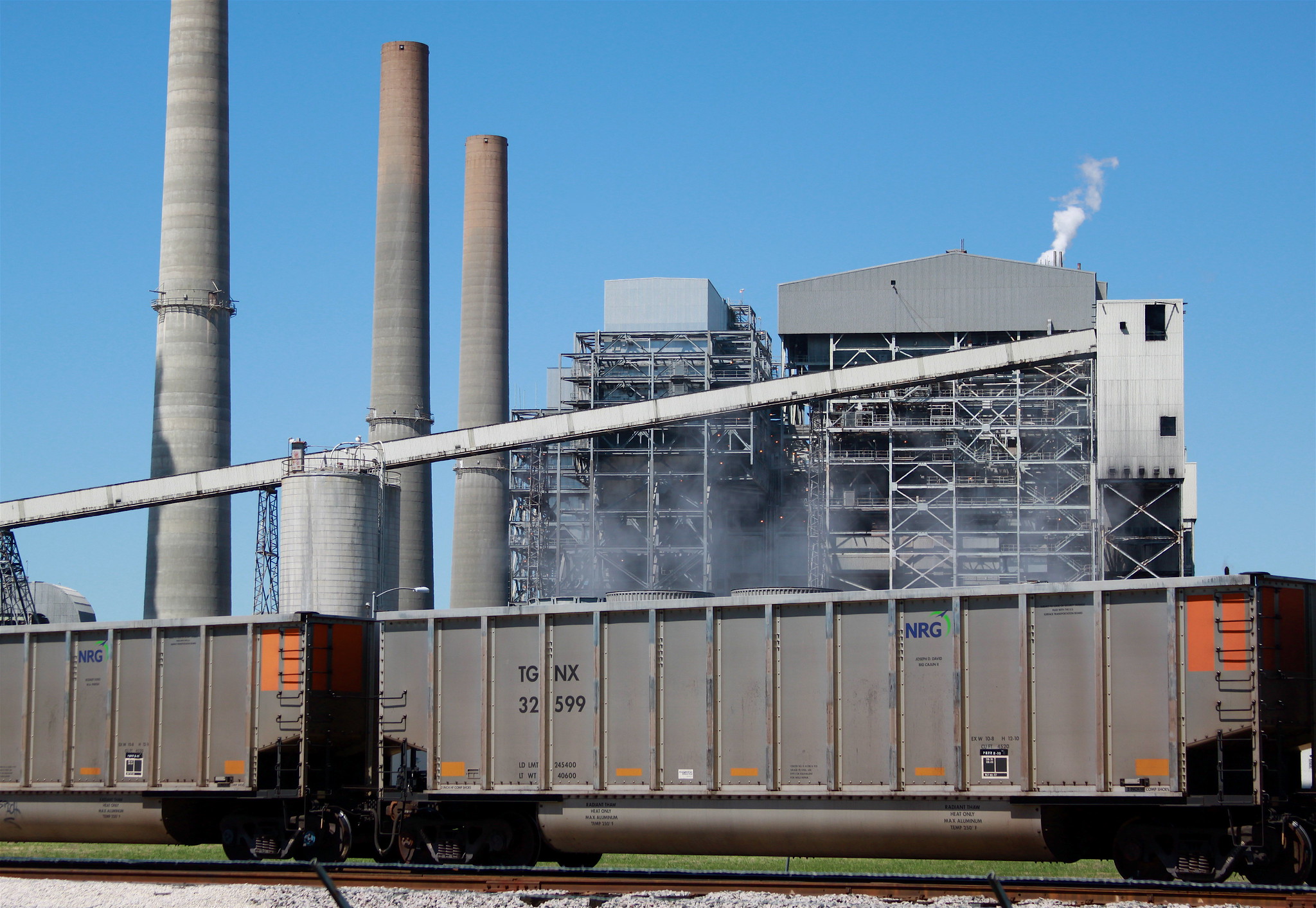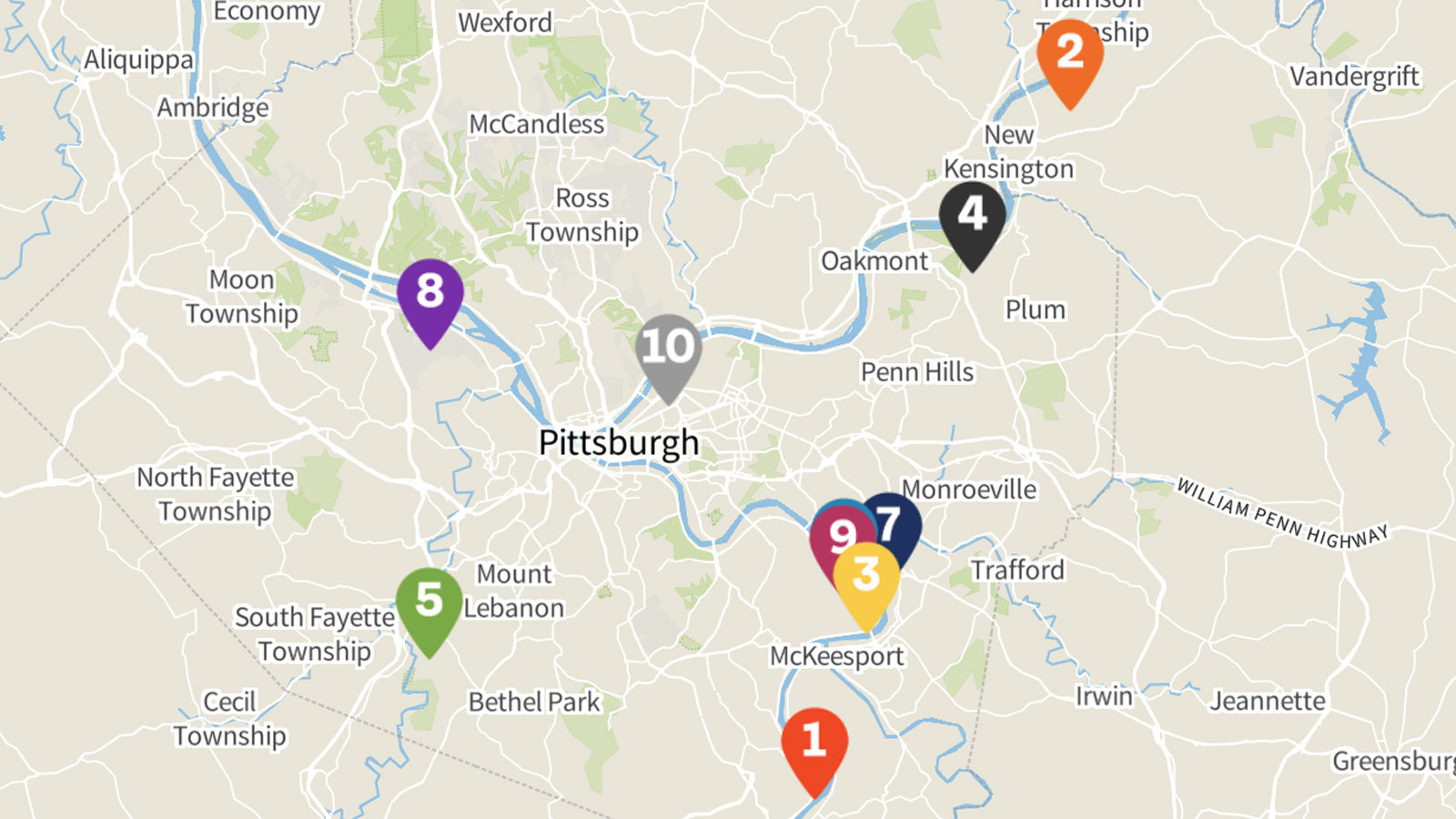
Trouble in the air: New data on air quality and its impacts
When my husband and I decided to move from Baltimore to northern California when our son was two years old, we weren’t thinking about air quality. My husband had a new job opportunity that would allow us to live closer to family, and so we jumped. But as I’ve worked on air quality issues in recent years, I’ve come to realize that perhaps one of the biggest benefits of our cross-country move is that we reduced our exposure to air pollution.

When my husband and I decided to move from Baltimore to northern California when our son was two years old, we weren’t thinking about air quality. My husband had a new job opportunity that would allow us to live closer to family, and so we settled in Sonoma County, on the northern edge of the San Francisco Bay Area. We see grandparents, uncles, aunts and cousins frequently, and our son has thrived.
As I’ve worked on air quality issues in recent years, I’ve come to realize that perhaps one of the biggest benefits of our cross-country move is that we reduced our exposure to air pollution. Air quality in Santa Rosa is much better than in Baltimore. According to the recent analysis I did for Trouble in the Air, Santa Rosa had 38 days of elevated air pollution 2018, versus 102 days in Baltimore. That means we had a bit more than a month’s worth of days with elevated ozone and/or fine particulate pollution, versus more than three months’ worth if we had been living in Baltimore.
This difference in days of pollution isn’t surprising to me, but new academic research published in recent years has led me to better understand the health consequences of exposure to air pollution. For example:
- Research published in August 2019 in the New England Journal of Medicine found that an increase in fine particulate pollution resulted in a higher death rate, even when baseline pollution levels were low. An accompanying editorial noted that “[e]ven high-income countries, such as the United States, with relatively good air quality could still see public health benefits from further reduction” of fine particulate pollution below current federal standards.
- A study from earlier this year found that babies who had breathed dirtier air had reduced volume in some brain regions at age 12.
- A 2018 analysis found that older adults with long-term exposure to particulate pollution have an increased risk of Alzheimer’s disease and other forms of dementia.
Unfortunately, millions of Americans are regularly exposed to levels of air pollution that are potentially harmful. Frontier Group and Environment America Research & Policy Center’s Trouble in the Air report found that 108 million Americans lived in areas that experienced more than 100 days of degraded air quality in 2018. Those areas included east-coast cities like Baltimore, western metropolises like the Los Angeles and Denver regions, smaller communities such as Lebanon, Pennsylvania, and Yakima, Washington, and even a few rural counties such as Lincoln County, Montana, and Dewey County, Oklahoma. An additional 265 large and small urban areas and 61 rural counties, home to 157 million Americans, experienced 31 to 100 days of elevated ozone and/or particulate pollution. Air pollution is a national problem that plagues communities both large and small and occurs in every state.
Which is why the solution to this problem lies in reducing air pollution, rather than moving away from it, as I did. The nation can reduce the amount of air pollution that Americans breathe by cutting emissions from cars, trucks, power plants, industrial operations, oil and gas production, and other sources.
We also need to reduce pollution that causes global warming, because a changing climate will make air pollution worse. Even if emission levels remain the same, air pollution will increase as rising temperatures speed up the formation of ozone. In addition, hotter, drier weather will increase the frequency and severity of wildfires, which can spread air pollution for hundreds of miles. (In fact, Santa Rosa’s days with elevated pollution were unusually high in 2018 because of smoke from wildfires.)
Given science’s growing understanding about how air quality impacts health, I’m increasingly grateful for Sonoma County’s sparkling blue sky and believe our leaders should do more to ensure all Americans are able to have such clean air in their communities.
Photo: A clear blue sky above Lake Sonoma. Franco Folini via Flickr, CC BY-SA 2.0.
Topics
Authors
Elizabeth Ridlington
Associate Director and Senior Policy Analyst, Frontier Group
Elizabeth Ridlington is associate director and senior policy analyst with Frontier Group. She focuses primarily on global warming, toxics, health care and clean vehicles, and has written dozens of reports on these and other subjects. Elizabeth graduated with honors from Harvard with a degree in government. She joined Frontier Group in 2002. She lives in Northern California with her son.
Find Out More

Lawn care goes electric

Who are the top climate polluters in the country?

The Biden administration has released $1 billion in funding for urban trees. Here’s why that matters.

